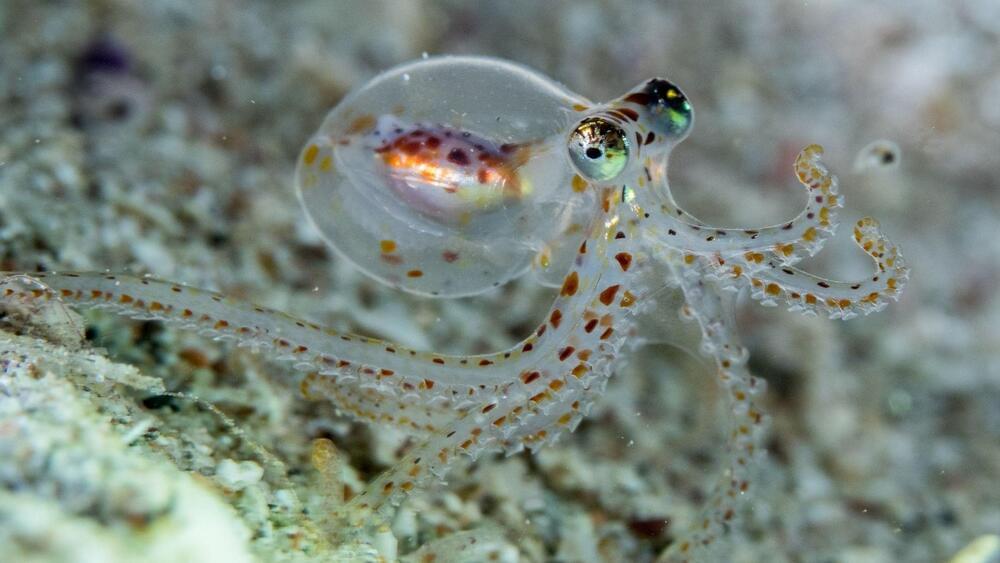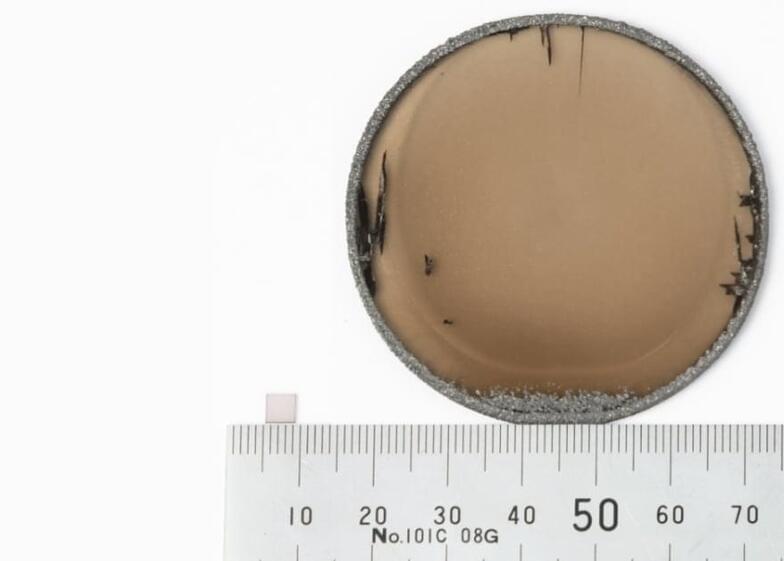Nov 26, 2022
Breakthrough study reveals that human and octopus brains have common features
Posted by Gemechu Taye in categories: evolution, neuroscience
The study’s findings could play a crucial role in developing a complex brain.
A common feature that connects humans and octopuses has only recently been revealed. It may sound a little bit quirky to you, but not to scientists.
Published very recently in Science Advances today, a team led by Nikolaus Rajewsky of the Max Delbrück Center has now shown that their evolution is linked to a dramatic expansion of their microRNA repertoire.
Continue reading “Breakthrough study reveals that human and octopus brains have common features” »


















